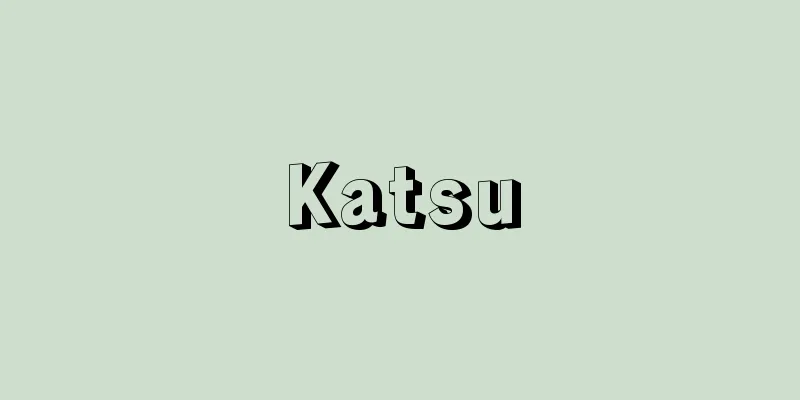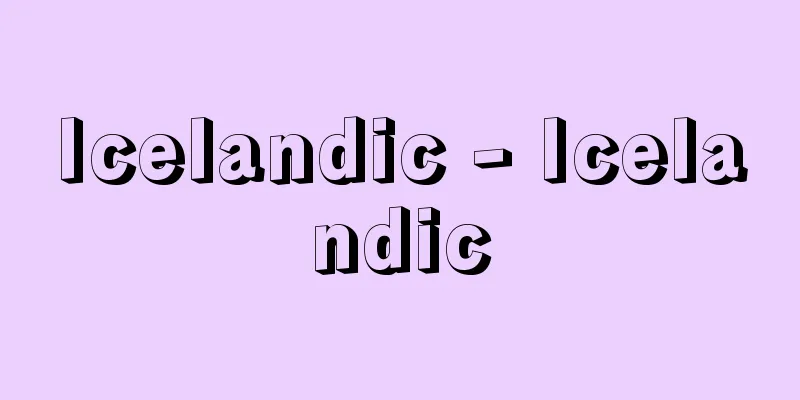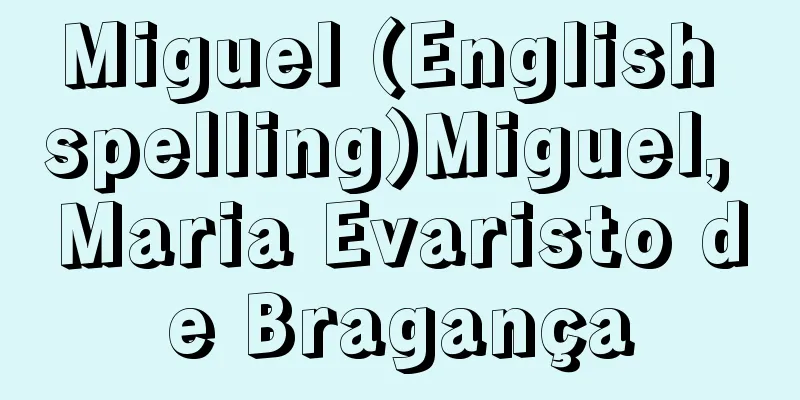Union of Utrecht (English: Unie van Utrecht) Dutch

|
An alliance of seven northern Dutch provinces formed in the midst of the Dutch War of Independence. The policies of King Philip II of Spain (reigned 1556-98) towards the Netherlands oppressed the residents by suppressing Calvinists, restricting autonomy, and imposing heavy taxes. In response, the northern and southern provinces of the region began a full-scale rebellion in 1572, and were united by the Peace of Ghent in 1576. However, religious differences between the north and south later came to the surface, and the ten southern provinces, many of which were Catholic aristocrats, compromised with Governor Alessandro Farnese, Duke of Parma (1545-92), and adopted a cooperative attitude towards Spain. Therefore, representatives from the seven northern provinces that followed Calvinism, namely Holland, Zeeland, Utrecht, Gelderland, Overijssel, Groningen, and Friesland, met in Utrecht in 1679 and pledged to "help each other with life, property, and blood, and to unite as if the seven provinces were one province," with the aim of maintaining the Calvinist Protestant faith and securing rights and freedoms against foreign rule, and formed the League as a military alliance with shared military expenses (January 23). In 1681, the League deposed Philip II, declared independence from Spain, and appointed William of Orange as its leader. Later, the Prince of Orange was assassinated, and the unity of the League was easily disrupted, but after cooperation with the Duke of Anjou of France and the Earl of Leicester of England, the League established its international status as the United Republic of the Netherlands with the "Twelve Years' Truce" with Spain in 1609. [Isomi Tatsunori] [References] |Source: Shogakukan Encyclopedia Nipponica About Encyclopedia Nipponica Information | Legend |
|
オランダ独立戦争のさなかに結ばれたネーデルラント北部7州の同盟。スペイン王フェリペ2世(在位1556~98)の対ネーデルラント政策は、カルバン派教徒の弾圧、自治権の抑制、重税となって住民を圧迫した。これに対し、同地方の南北諸州は、1572年以来本格的な反抗運動に入り、76年のゲントの和約によって団結した。しかし、その後南北の宗教の相違が表面化し、カトリック貴族の多い南部10州は、総督パルマ公ファルネーゼAlessandro Farnese(1545―92)と妥協し、スペインへの協調的態度を示す。そのため、カルバン主義を奉ずる北部7州、すなわちホラント、ゼーラント、ユトレヒト、ヘルデルラント、オーフェルアイセル、フローニンゲン、フリースラントの各州代表は、79年にユトレヒトに集まり、カルバン派プロテスタント信仰の堅持、外国支配に対する権利と自由の確保を目的に、「相互に生命と財産と血をもって助け合い、あたかも7州が1州であるかのように」結合することを誓約し、軍事費を共同負担とする軍事同盟としてこの同盟を結成した(1月23日)。81年、同盟はフェリペ2世の廃位、スペインからの独立を宣言し、オラニエ公ウィレムを指導者とした。のちにオラニエ公が暗殺され、同盟の結束も乱れがちであったが、フランスのアンジュー公、イギリスのレスター伯との協調を経て、1609年スペインとの「12年休戦」によって、同盟はネーデルラント連邦共和国として国際的地位を確立した。 [磯見辰典] [参照項目] |出典 小学館 日本大百科全書(ニッポニカ)日本大百科全書(ニッポニカ)について 情報 | 凡例 |
Recommend
Cape Ochiishi
A cape jutting out onto the Pacific coast of Nemu...
Souvenirs - Gifts
〘noun〙① When produce from a distant place is sent ...
Trochlea
…these muscles are innervated by three nerves: th...
"Windy Riverside Willows" - Wind-Crazy Riverside Willows
...However, out of public opinion, Shosaku hands ...
Chindonya - Chindonya
Advertising and promotion workers who walk around ...
Disturbance - Gairan
〘noun〙 An external factor that disrupts the operat...
Hata Itsuzo - Hata Itsuzo
Chemist and businessman. Pioneer of the rayon ind...
Maurois - André Maurois
French author, biographer, and critic. His real n...
Oninishi - Oni Nishi
...The meat is eaten, the shells are used to make...
Iraga Seibou - Iraga Seibou
…It is parasitic, mainly on wasps that make their...
The Battle of Kokusenya
Joruri Gidayu-bushi (a type of Japanese chant). H...
Give
…It means food fried in oil, but nowadays it refe...
Drawing study - gagaku
〘 noun 〙 The technique of drawing a picture. Also,...
Olivetti [company] - Olivetti
...Population: 27,694 (1981). Located at the sout...
Yoshishige Sou
1532-1589 * A military commander from the Sengoku...









